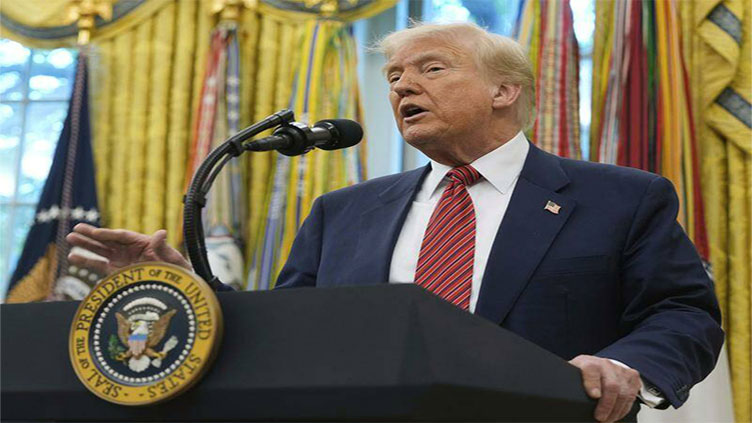
A Fragile Ceasefire Holds
On May 10, 2025, after four days of intense fighting between India and Pakistan, the worst escalation in nearly three decades, a U.S.-brokered ceasefire took effect. The conflict, which resulted in nearly 70 deaths, was triggered by a deadly attack on Hindu tourists in Indian-administered Kashmir. While the ceasefire has brought temporary relief, both sides have accused each other of violations, and the situation remains tense.
Trump’s Offer to Mediate
Following the ceasefire, U.S. President Donald Trump expressed a willingness to mediate the Kashmir dispute, stating, “I will work with both sides to see if a solution can be arrived at concerning Kashmir.” He emphasized that the United States is prepared to assist in finding a resolution to the longstanding conflict.
India’s Rejection of Mediation
India has firmly rejected any third-party mediation on the Kashmir issue, maintaining that it is a bilateral matter between India and Pakistan. The Indian government views the region as an integral part of its territory and insists that all issues should be resolved through direct dialogue.
Pakistan’s Acceptance of Mediation
In contrast, Pakistan has welcomed President Trump’s offer to mediate, viewing it as an opportunity to address the Kashmir dispute on the international stage. Pakistani officials have expressed hope that U.S. involvement could lead to a fair and lasting resolution.
International Reactions
The international community has largely welcomed the ceasefire, with the United Nations calling it a “positive step” and encouraging both nations to engage in dialogue. However, scepticism remains about the durability of the ceasefire and the prospects for a comprehensive peace agreement.
Conclusion
While the U.S.-brokered ceasefire has provided a temporary halt to hostilities between India and Pakistan, the path to a lasting peace remains uncertain. India’s refusal of third-party mediation complicates efforts to resolve the Kashmir dispute, and the international community watches closely to see if both nations can engage in meaningful dialogue to address the underlying issues.

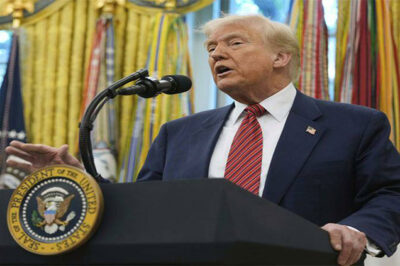





















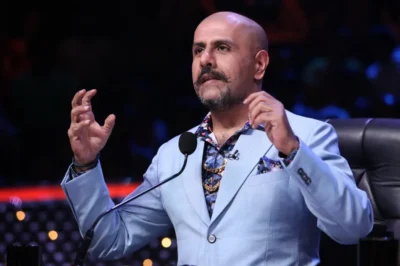

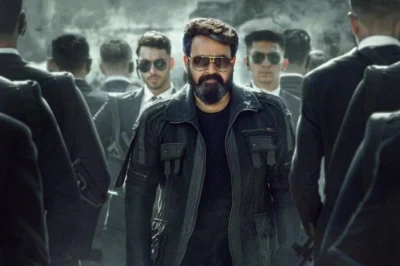



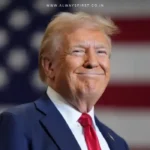





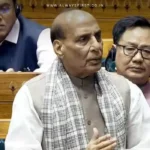

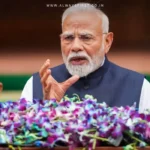

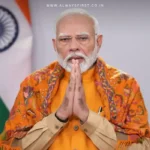
Leave a Reply